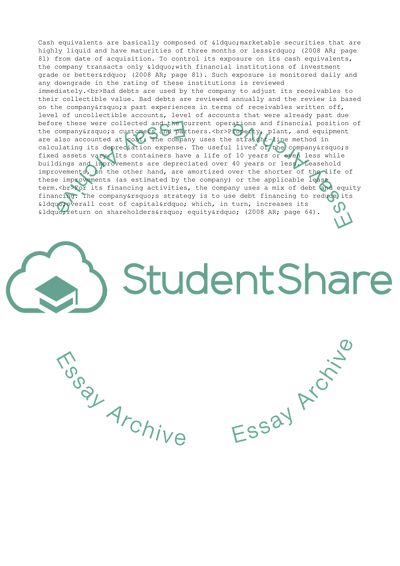Cite this document
(“Manufacturing Strategy Of The Coca-Cola Company Research Paper”, n.d.)
Manufacturing Strategy Of The Coca-Cola Company Research Paper. Retrieved from https://studentshare.org/business/1722370-see-description
Manufacturing Strategy Of The Coca-Cola Company Research Paper. Retrieved from https://studentshare.org/business/1722370-see-description
(Manufacturing Strategy Of The Coca-Cola Company Research Paper)
Manufacturing Strategy Of The Coca-Cola Company Research Paper. https://studentshare.org/business/1722370-see-description.
Manufacturing Strategy Of The Coca-Cola Company Research Paper. https://studentshare.org/business/1722370-see-description.
“Manufacturing Strategy Of The Coca-Cola Company Research Paper”, n.d. https://studentshare.org/business/1722370-see-description.


